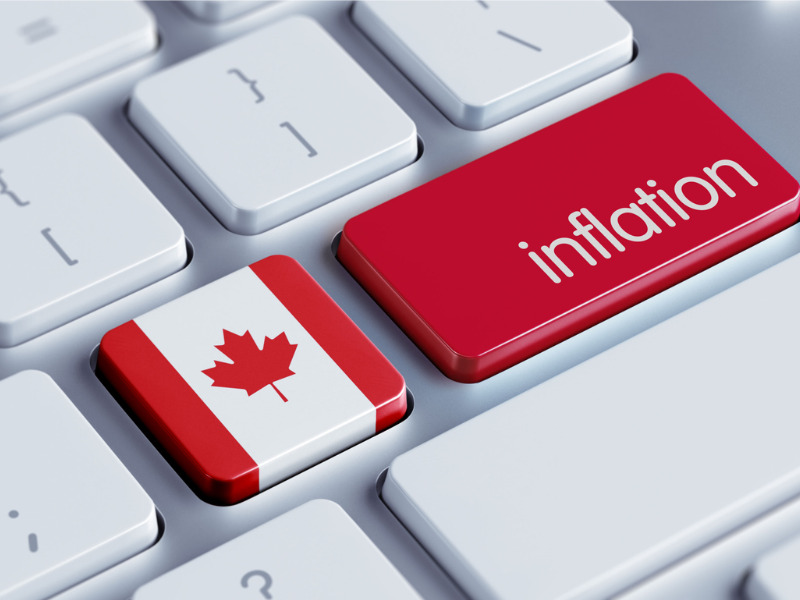Inflation in Canada continues to slow, reaffirming central bank’s rate pause

OTTAWA – Canada’s annual inflation rate continued to slow last month, reaffirming the central bank’s decision to hold its key interest rate steady.
In its latest consumer price index report released Tuesday, Statistics Canada said the country’s inflation rate rose 5.2 per cent year over year in February, marking the largest deceleration since April 2020.
The reading compared with an annual inflation rate of 5.9 per cent in January and was the lowest rate since January 2022 when it was 5.1 per cent.
BMO’s chief economist Douglas Porter called the report “mildly encouraging.”
“That’s actually a couple months in a row now where we’ve had slightly better-than-expected inflation readings,” he said.
Since peaking at 8.1 per cent in the summer, Canada’s annual inflation rate has been tumbling amid easing global pressures and high interest rates.
The Bank of Canada is hoping inflation will continue to slow without the need for further interest rate hikes.
The Bank of Canada building is pictured in Ottawa on Tuesday, Dec. 6, 2022. The Bank of Canada is expected to raise its key interest rate today, making it the seventh consecutive time this year.THE CANADIAN PRESS/Sean Kilpatrick
Earlier this month, the central bank left its key interest rate target unchanged at 4.5 per cent, marking the first hold since it began raising rates last year.
The Bank of Canada has been laser-focused on bringing inflation back down to its two per cent target. Its aggressive rate hike cycle over the last year is starting to slow the economy by forcing people and businesses to pull back on spending.
Porter said the Bank of Canada is likely “breathing a big sigh of relief” looking at the February inflation data.
“This very much supports their decision to stop raising interest rates,” Porter said.
In Tuesday’s report, Statistics Canada noted that the decline in February was due to a steep monthly increase in prices in February 2022 when the global economy was significantly affected by the Russian invasion of Ukraine.
However, Porter noted the deceleration in inflation over the last few months has been led by a significant pullback in energy prices, while other prices remain stickier.
“The next part of the inflation fight is going to be a little bit more of a challenge getting inflation from around five per cent to maybe back below three per cent,” he said.
Energy prices were down 0.6 per cent year over year as gasoline prices fell 4.7 per cent compared with a year ago when prices began to rise due to the Russian invasion of Ukraine. February was the first yearly decline for gasoline prices since January 2021.
Meanwhile, grocery prices continue to rise rapidly, showing little cooling even as overall inflation eases.
Prices for food purchased from stores in February were up 10.6 per cent compared with a year ago, the seventh consecutive month of double-digit increases.
Excluding food and energy, Statistics Canada said prices in February were up 4.8 per cent compared with a year ago, following a 4.9 per cent year-over-year gain in January.
In a note to clients, CIBC’s executive director of economics Karyne Charbonneau said she expects headline inflation to ease below three per cent by May, but cautions that continued strength in food prices and mortgage interest costs will likely keep the annual pace “sticky between two and three per cent throughout the second half of the year.”
With many Canadians continue to struggle with the cost of living, the federal government is facing pressure to deliver more help in its upcoming budget.
The federal government has signalled the budget, which is set to be tabled March 28, will include affordability measures to help Canadians still challenged by the cost of living.
Feature image by iStock.com/XtockImages







